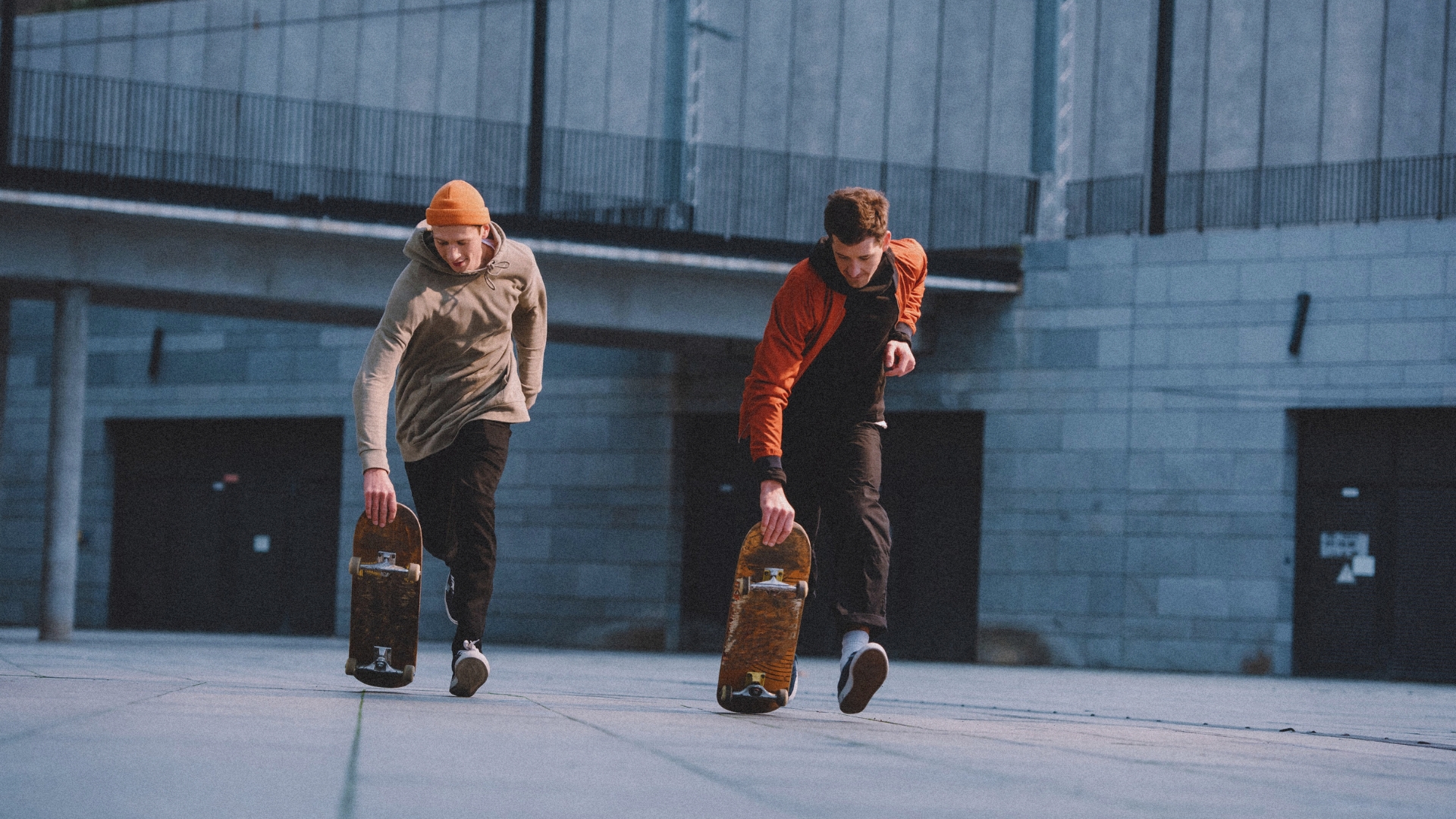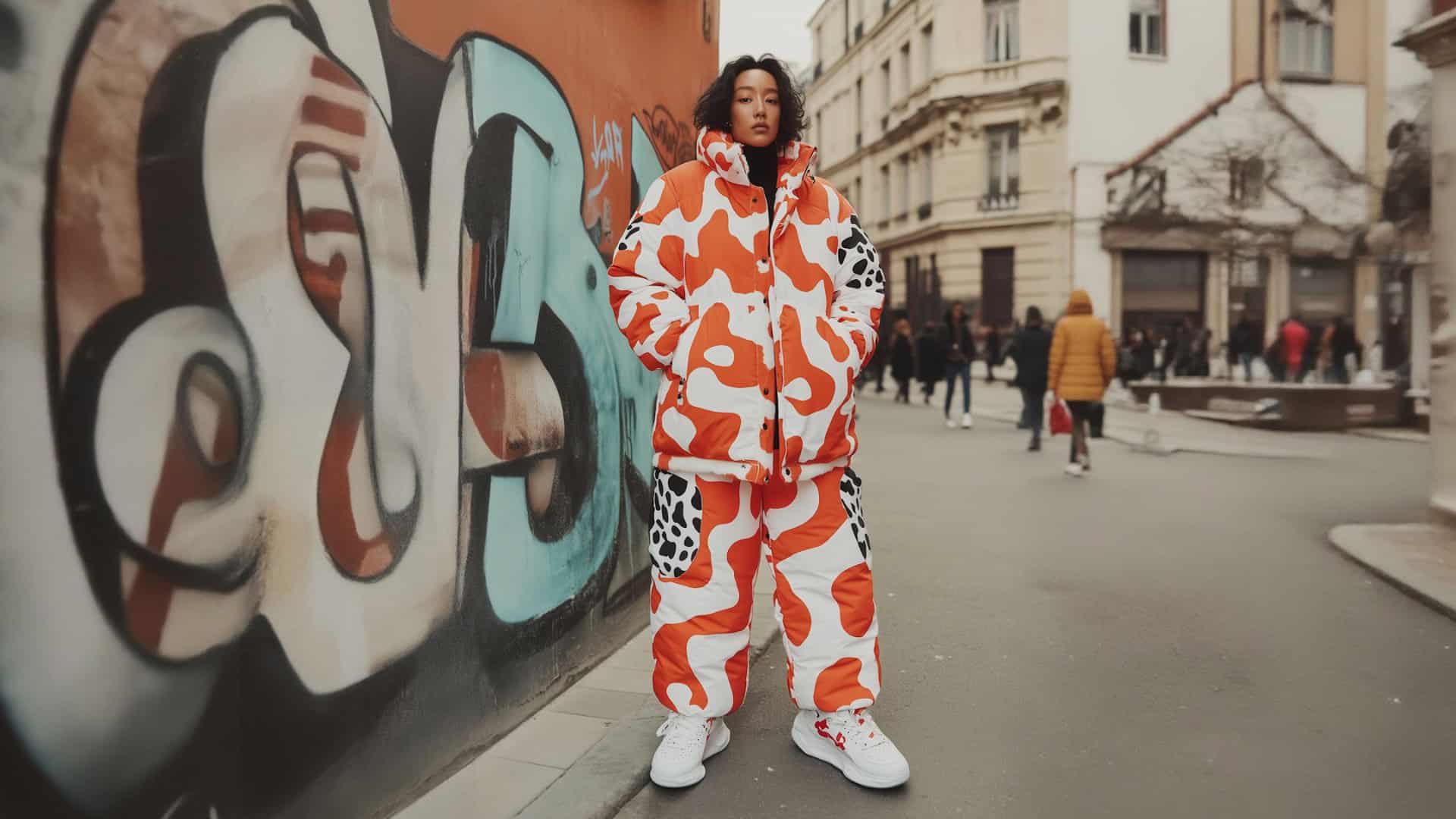
Paid Social x Organic Influencer: The Power Couple of Digital Marketing
One of the great things about influencer marketing and social media is how much you can experiment with it. When it comes to advertising your brand through these avenues, the possibilities are endless and the results can be amazing.
Influencer marketing has great appeal due to its organic edge. While a #ad is technically not an organic piece of content, the paying only goes as far as the influencer themselves - so brands and agencies are relying on the strength of that influencer and their own platform to get the best results.
This has proven to be effective over the years, as can be seen from the exponential growth of the industry as a whole. But like most things, there are always ways to take a campaign a step or two further and ensure certain results. With the average business earning more than $5 for every $1 spent on influencer marketing, it’s no wonder that over 50% of marketers plan to increase their influencer spending in 2025.
Paid Social Moves In
That’s where paid social comes in. Traditionally used within the Meta business suite to create social ads that sit across Facebook and Instagram feeds, paid ads are highly effective and can guarantee things like website traffic, link clicks and app downloads through forecasting.
However, a lot of the time these ads can be, how shall we say it... dry. Unless you’re a super cool agency like our sister company Found, it can be hard to create ads that people will actually engage with. A lot of people also still have ad blockers, more than 40% of social media users take advantage of these tools to limit their exposure to ads. This is why paid social via influencer marketing can be so beneficial, as there is that organically created content that consumers will recognise and be more likely to engage with.

Disrupt's Managing Director, Stevie Johnson is an advocate for including paid social in strategies, “We like to call them the power couple of digital marketing: organic influencer with paid social. What's really cool about adding paid spend behind influencer content is that you can, of course, get incredibly granular and specific with the targeting of the types of consumers that are seeing that ad.”
Paid Social vs whitelisting
There are a few ways to include paid social into your influencer marketing strategy, the first being using influencer content in your standard paid ads.
Say your brand has an ongoing paid social campaign, churning out a few ads a month with some stock imagery or video. Getting influencer content to replace that can have some great benefits. When we’re negotiating paid rights, we can ensure that brands are able to re-use that raw content and within paid social activations. You may want to use as is, or you might want to chop it up and use it within wider content. You have the option.
Then there is whitelisting, which is where existing content on a channel like Instagram or TikTok is boosted with paid spend so it reaches a wider audience. This can often be a great option as it shows as organic if it is on the influencer's own channel, but it’s actually had money put behind it to reach you.
Stevie comments, “What we're doing here is we're not boosting influencer content through the brand's own handle, we’re doing it through the influencers handle itself and it tends to perform 2-3 times better than branded content, it looks more native and more authentic on an audience's feed. That's a really important part of it. So I always suggest that if there is marketing budget left to be spent, say 10-15% on an influencer campaign, put that behind paid spend because you'll be wowed at what those results can look like.”
Getting granular
With added paid social, the target impressions of campaigns can literally double. The great thing is we are able to guarantee certain things too, as the clever tools of the Meta Business Suite can forecast results which is super beneficial for brands eager to hit certain targets.
We are also able to create bespoke audiences so brands’ exact target consumers can be reached. This is very handy for brands who may work in specific regions (for example, if a local shop or restaurant is advertising, we can target people who live within that area). We can get as specific as the things audiences are interested in and in the US, specific financial brackets.
For our client Prezzee, our Paid Social Strategist, Ruth O’Brien did the following, “To amplify influencer creative, we used Instagram's Branded Content ads and TikTok's Spark ads. Targeting audiences who had friends with upcoming birthdays and those interested in Prezzee's retail partners, we delivered a high volume of traffic through utilising influencer creative.”
The fine print
As with everything, there are things to consider. The first being that paid rights are not free by any means. If your brand is wanting to use influencer content in ads, there will be an extra charge for this. It can depend on the size of the influencer, how long the campaign will run for and most importantly, just how much paid spend is being put behind it. Typically creators will charge a % of whatever spend is on the ads, as realistically, their content and face will be attached to the brand a lot more widely, so they need to be compensated for that.

But the proof is in the pudding, we’ve seen it ourselves with client TodayTix. We secured the paid rights to all content so they could use what was created in paid ads as well as whitelisting. This has resulted in excellent ROAS, nearly 1000 uses of a discount code and viral videos with millions of views.
James Rigby, Head of Paid Performance at Found comments, “The benefits of Influencer Marketing are becoming impossible to ignore – this ‘real’ content drives far superior levels of engagement in comparison to ‘conventional’ ads, but within this lies a massively underutilised opportunity. By combining Influencer Marketing with Paid Social, businesses are able to deliver ads that are guaranteed to resonate with their target audience, save money on conventional creative costs and, ultimately, enhance their returns. In head-to-head tests we’ve seen average performance uplifts of 25% versus ‘conventional’ ads across Instagram, TikTok and YouTube, which makes this an easy win for any brands that are already embracing the Influencer Marketing space.”
If you’re thinking about adding paid social to your influencer marketing strategy, get in touch!







